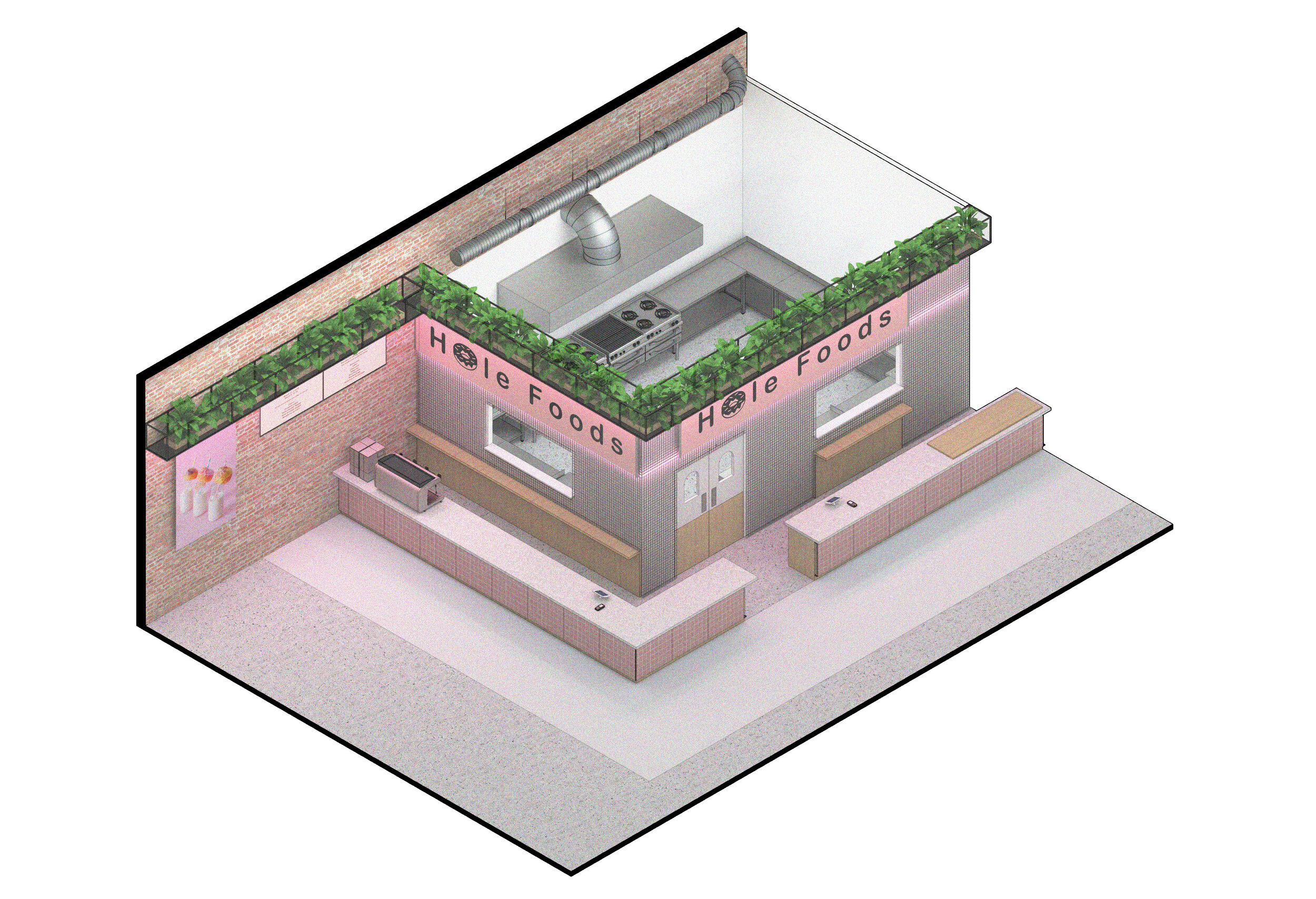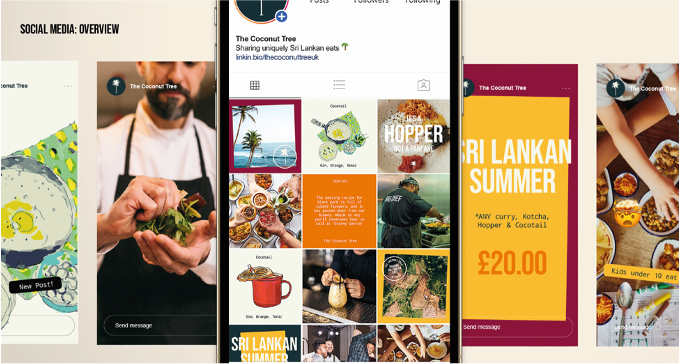Fast Forward, Part 1: High Street Hospitality
A 6-part series on creative future approaches to retail
Featured in A1 Retail Magazine
Part ONE: High Street Hospitality
By Emma Gullick, Associate Creative Director at design agency Phoenix Wharf
Covid-19 forced hospitality operators to pivot in order to stay open, with even the highest-end restaurants offering takeaways to keep kitchens open and staff employed. Other interim solutions included shorter menus; pre-ordering to encourage multiple sittings; making use of personal tech to minimise touch and increased outdoor space, with local council support in many cases helping to create temporary pedestrianised zones.
High Street Units
With overheads rising and income potentially falling in the colder months, hospitality operators are going to have to embrace flexible thinking at a more profound level to survive and thrive now, but there are always new ways to think about challenges. What’s readily available is empty high street property, so how about approaching that particular opportunity in a different way?
The Sharing Economy
To keep costs at a minimum, we propose a solution whereby smaller brands, local independents and others on a tight budget can cost-share in a way that offers flexibility for operators, as well as variety and interest to consumers. Operators could come together in one unit to share both premises and kitchens, allowing different brands, menus and offers to be available on different days or at different times of the same day.
Neutral Base Build
To achieve this, the main look and feel of the interior would need to be kept neutral to allow brands to introduce their own identity through variable elements. Our visuals show how the same space might look if used in this way by two very different brands. A changing kit of parts could include rotating signage, achieved potentially in several different ways, as well as alternating counter panels and lighting.
From Doughnuts to Tagines
Our example illustrates how a doughnut and coffee shop might share space with a Moroccan restaurant. The two businesses could open either on selected days of the week or, alternatively, the doughnut shop could open from breakfast through till lunch and the Moroccan restaurant from early-afternoon till late, so that both businesses maximise their time.
Quick Switch
Staff would simply need to rotate counter panels and swap out signage and interior graphics to achieve this. This could be done by a single member of staff quite quickly prior to opening each day. Using lighting differently for each brand would also create a very different ambience at the flick of a switch. With simple LED colour changing options available at low cost to purchase and run, the vibe could be changed really effectively this way. In the future, other brands could swap in when one of the incumbents was ready to move on - hopefully to permanent premises, if their businesses – and the economy – hold enough promise.
Did you miss our previous series on Liquid Retail?
Adapt and transform your brand to meet customer needs in the quickest and most efficient way possible. Click on the button below to download the full eBook, or contact us here.





